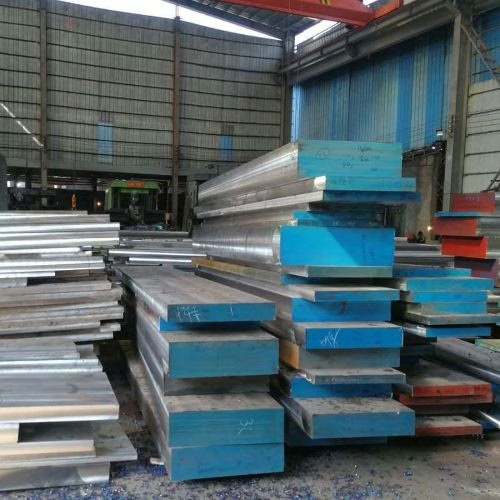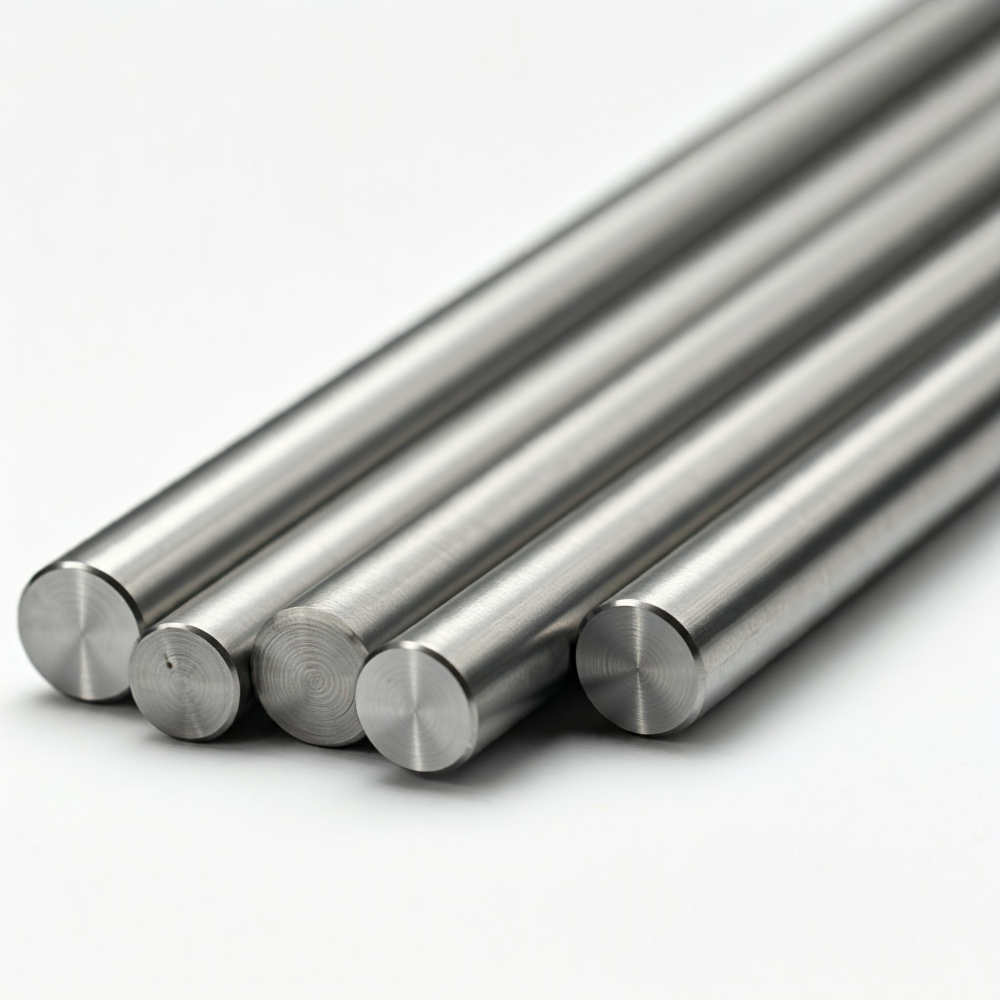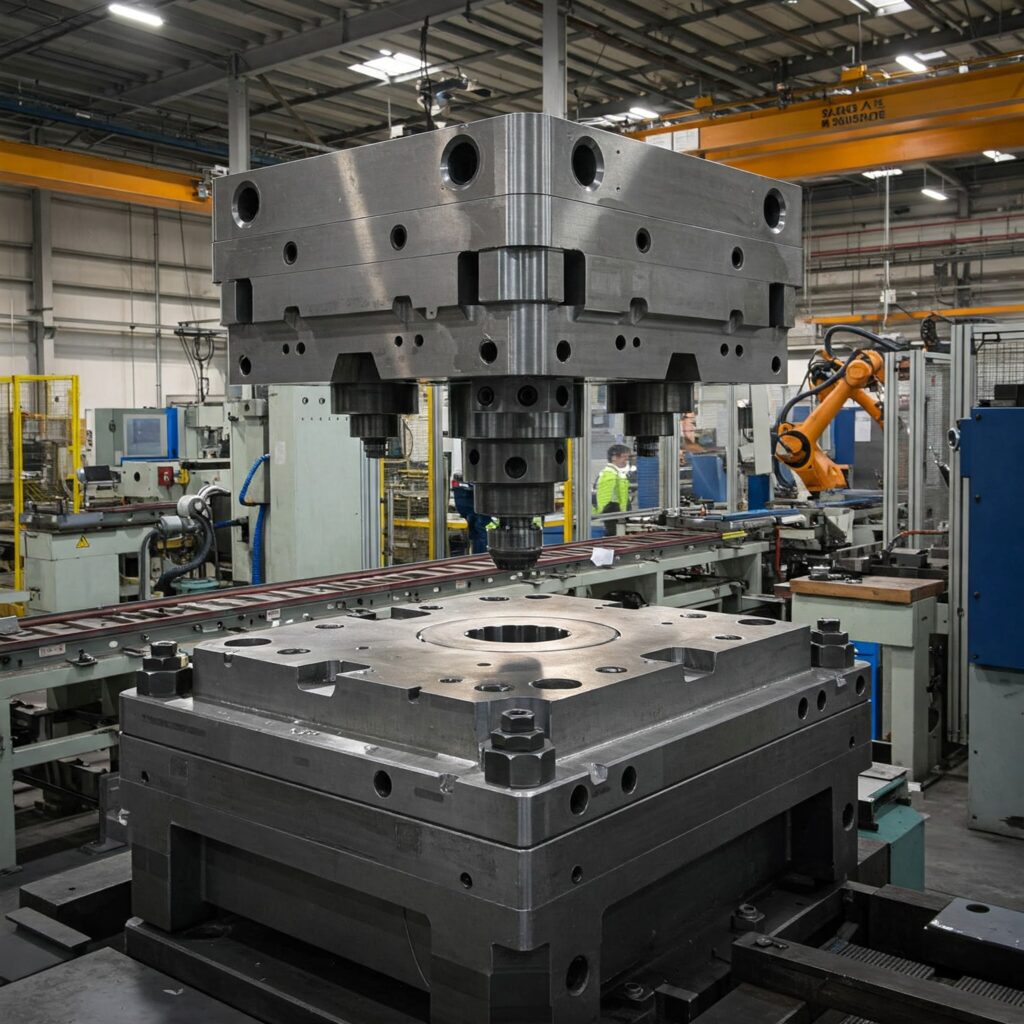A frequent technical question we address from workshops and engineers concerns the classification of AISI 4140 steel: does it belong in the tool steel category?
Based on standard industry classifications, AISI 4140 is not typically grouped with traditional tool steels, such as the W, O, A, D, S, H, M, T, L, F, or P series. Its primary classification is medium alloy carbon steel.

Let’s break down the details:
- Classification: AISI 4140 is classified as a medium-alloy carbon steel. These steels generally have a carbon content between 0.40% and 0.60%; 4140 falls explicitly within this range, with a carbon content of between 0.38% and 0.43%. It’s further defined as a chromium–molybdenum alloy steel, typically containing 0.75-1.00% Mn, 0.15-0.35% Si, 0.80-1.10% Cr, and 0.15-0.25% Mo.
- Distinction from Tool Steels: While widely used for tooling applications, 4140 isn’t formally designated as a tool steel. Tool steels generally refer to those with higher carbon content (0.60% to 2.40% carbon) and higher alloy grades, including high-speed steels. In many classifications, 4140 is listed separately or under the category of “General Purpose Steels.”
- Properties and Tooling Use: Despite its classification, 4140 is exceptionally popular for applications needing moderate hardenability combined with good strength and toughness. It achieves significant hardness depth through heat treatment and resists brittleness well after proper hardening and tempering. This makes it highly suitable for various tooling components and machine parts where strength in larger sections is critical.
- Workability and Treatment: 4140 can be readily heat-treated, forged, and welded; however, post-weld heat treatment is advisable due to its high hardenability. It also responds well to surface hardening methods, such as flame or induction hardening, which enhances wear resistance.
- Heat Treatment Specifics: Typical heat treatment involves austenitizing, oil quenching, and tempering. The tempering temperature dictates the final mechanical properties. For instance, oil-quenched 4140 tempered at 540°C (1000°F) typically achieves a tensile strength of around 1150 MPa (167 ksi), a yield strength of 1050 MPa (152 ksi), and a hardness of 341 HB. Tempering between 230°C and 370°C (450°F and 700°F) is usually avoided due to potential blue brittleness.
- Available Forms: You can source 4140 in various forms, including bars, forgings, plates, and tubing. Variants like 4140+S (resulfurized) or 41L40 (leaded) offer enhanced machinability. Prehardened options are also common, delivered quenched and tempered to specific hardness ranges (e.g., 262–321 HB), ready for direct use in tooling.
In summary, while AISI 4140 isn’t classified as a primary tool steel grade according to standard systems, its excellent mechanical properties, responsiveness to heat treatment, and versatility make it an indispensable material for manufacturing many tools, dies, and machine components. It’s a reliable workhorse alloy steel widely used across the industry.
If you have specific questions about using 4140 for your application, please don’t hesitate to contact our team at sales@aobosteel.com. With over 20 years of experience in forging and supplying tool and alloy steels, we can provide the technical guidance you need.


